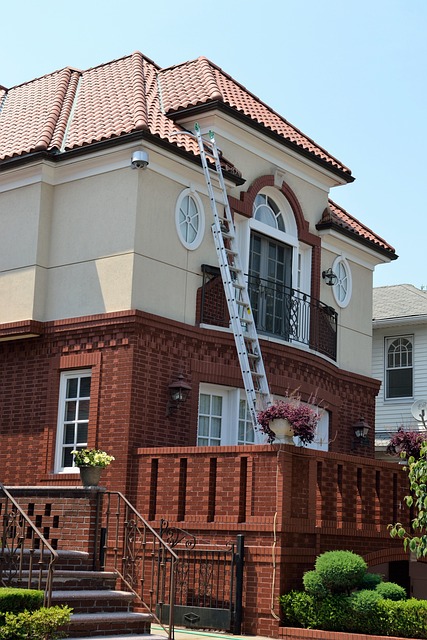A systematic, comprehensive building inspection in real estate is key for property safety and investment value. Skilled inspectors assess structural integrity (foundations, framing), mechanical systems (plumbing, electrical), drainage, water pressure, and mold. Visual inspections spot exterior damage indicators, while functional testing identifies inefficiencies. Documented findings guide repairs or negotiations, benefiting both homeowners and investors. Laypeople can learn basic visual inspection techniques to identify potential red flags during initial evaluations.
Identifying structural and mechanical problems in real estate investments is crucial before purchasing or renovating. This comprehensive guide equips homeowners and investors with the knowledge to assess properties effectively. We break down the process into manageable steps, from visual inspections for laypeople to advanced non-invasive scanning technologies. By understanding common signs of issues, you can dig deeper using professional tools and methods, ensuring informed decisions. Ultimately, this article provides insights on cost-effective repairs, renovations, or replacement options while navigating regulatory considerations.
Assessing Physical Condition: A Step-by-Step Guide

When assessing the physical condition of a property in real estate, a systematic approach is key. Start by conducting a visual inspection, noting any visible signs of damage or wear and tear. This includes checking for structural integrity, such as cracks in foundations, walls, or ceilings, which could indicate larger issues like settling or water damage. Pay close attention to the roof, windows, doors, and plumbing fixtures—common problem areas that can lead to significant repairs if overlooked.
Next, consider functional testing. Operate all mechanical systems, including heating, ventilation, air conditioning (HVAC), electrical panels, and water heaters. Look for inefficiencies, unusual noises, or signs of aging. Check for proper drainage and water pressure, as well as any signs of mold or mildew, which not only affect the property’s value but also pose health risks. Document your findings and create a detailed report to guide potential repairs or negotiations.
– Understanding the basics of building inspection

In the realm of real estate, identifying structural or mechanical problems is a critical step in ensuring property safety and investment value. Building inspection serves as a thorough assessment of a structure’s integrity, encompassing both visible and hidden issues that could impact functionality and longevity. It involves meticulous examination of key components like foundations, framing, plumbing, electrical systems, and roofing—elements that are fundamental to any property’s structural soundness and mechanical efficiency.
A comprehensive building inspection is not just about pinpointing current defects but also predicting potential future issues. Skilled inspectors utilize their expertise to analyze materials, construction methods, and age-related wear and tear, offering insights into the overall health of a property. This process is pivotal for real estate stakeholders—from homeowners seeking peace of mind to investors aiming to maximize returns—as it facilitates informed decision-making regarding repairs, renovations, or strategic property management.
– Visual inspection techniques for laypeople

Many real estate laypeople find themselves unfamiliar with identifying structural or mechanical problems during initial property inspections. However, some basic visual inspection techniques can empower them to recognize potential red flags. Start by examining the exterior for any signs of water damage, such as peeling paint, warped siding, or visible mold growth. These could indicate issues with roofing, plumbing, or humidity control—all vital factors in a property’s long-term structural integrity.
Next, assess the building’s foundation and walls for cracks, uneven surfaces, or bulging. While some minor cracks are normal, extensive or widening ones may signal structural problems that require professional attention. Check door and window frames for proper alignment; misaligned frames can suggest issues with the building’s foundation or framing. Finally, look for signs of pest infestation, like ant trails or termite damage, which could compromise the structure’s integrity and necessitate costly repairs.






